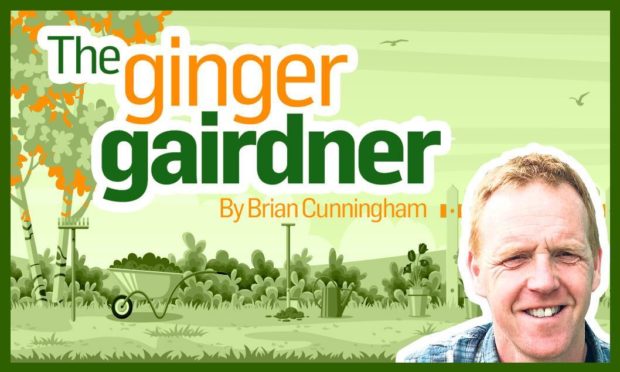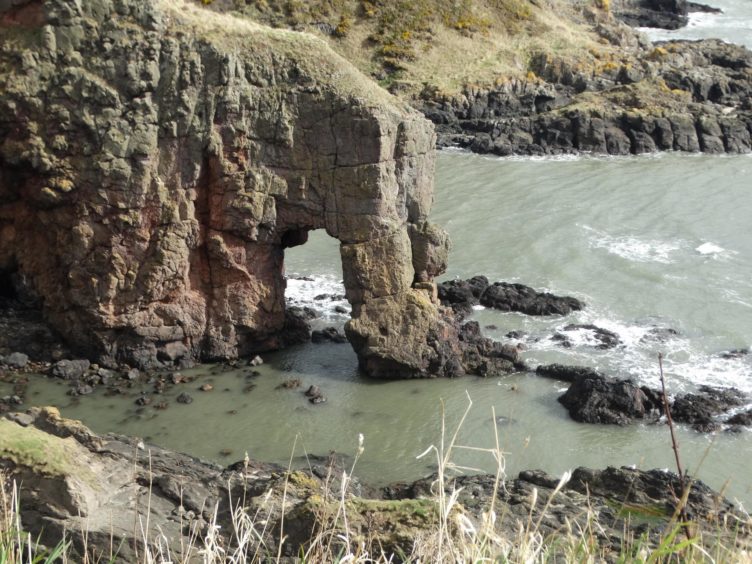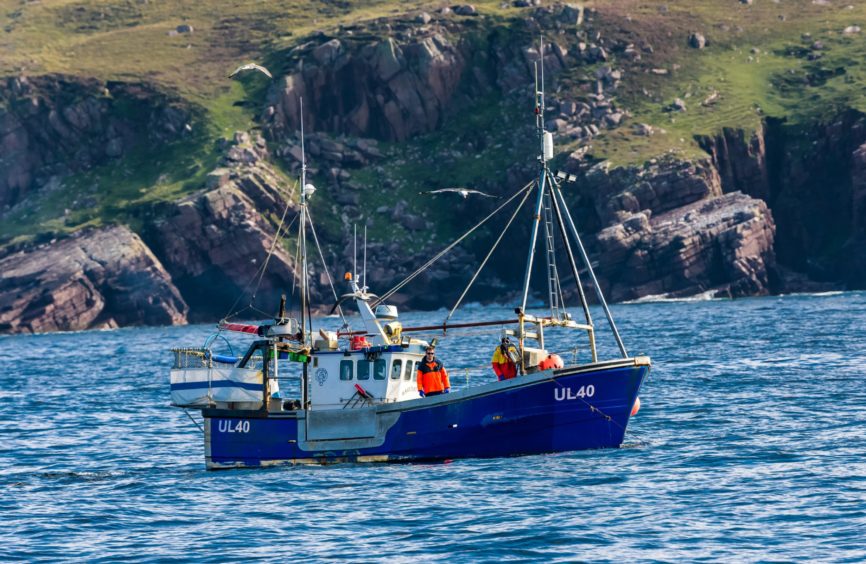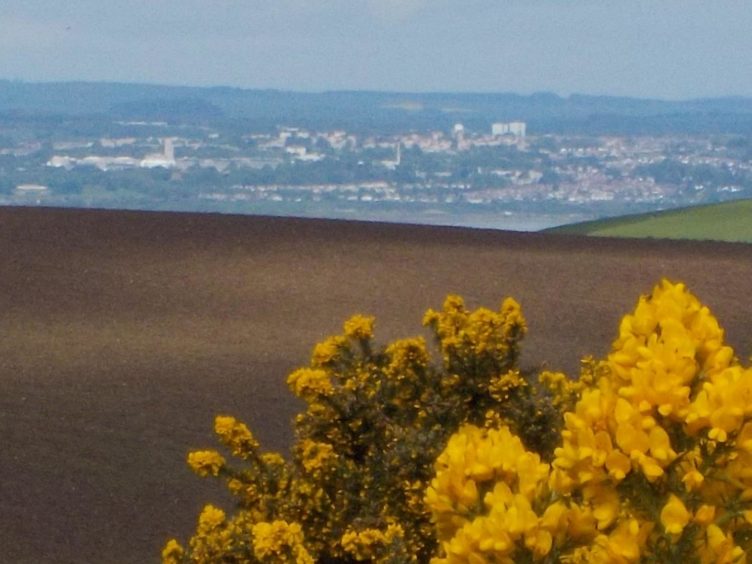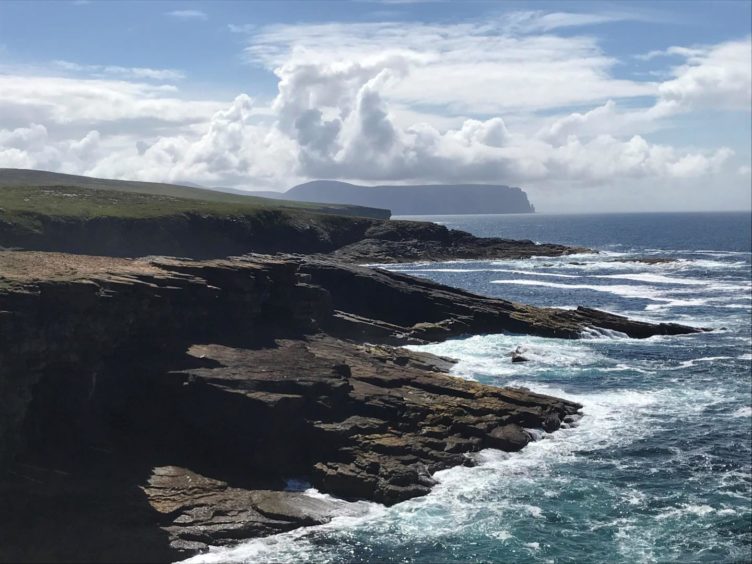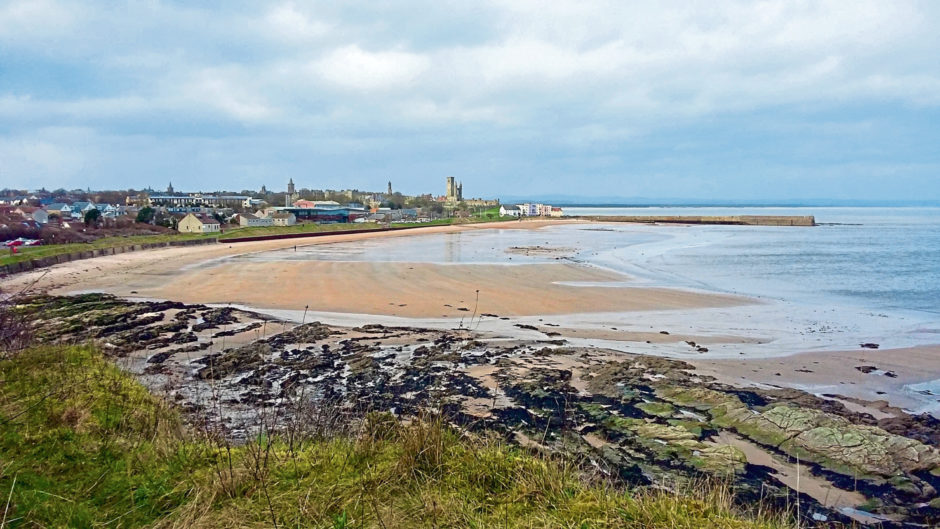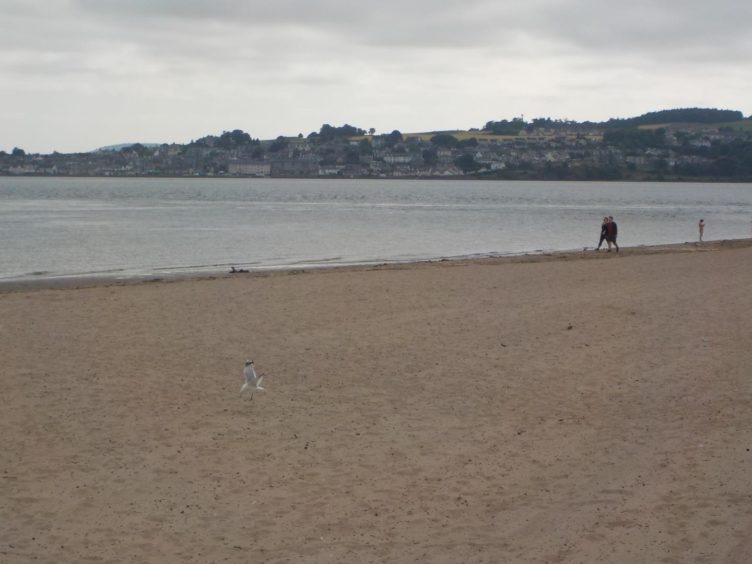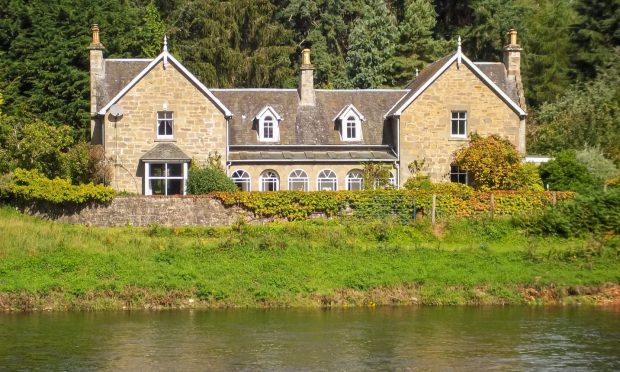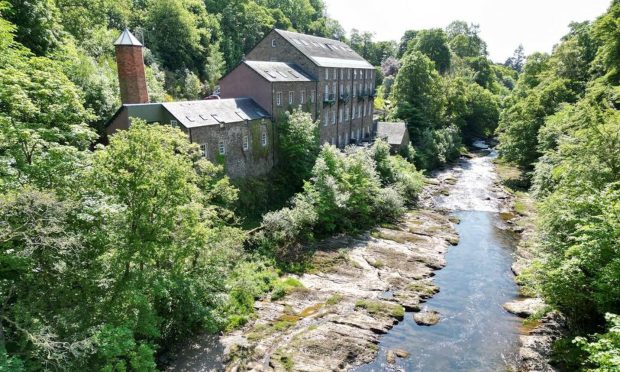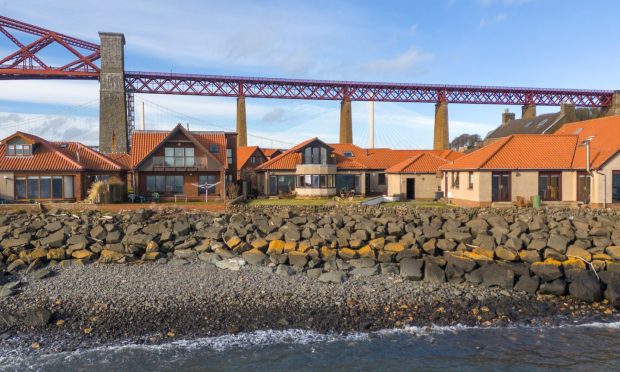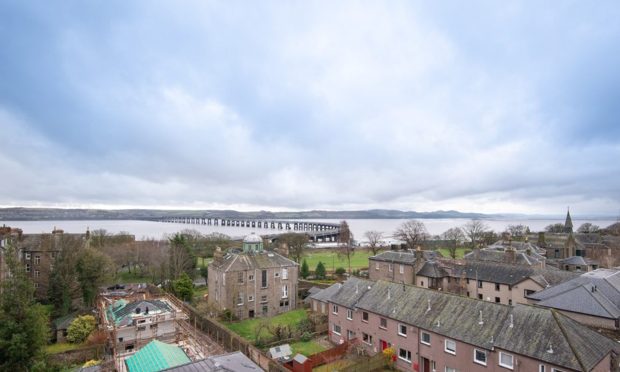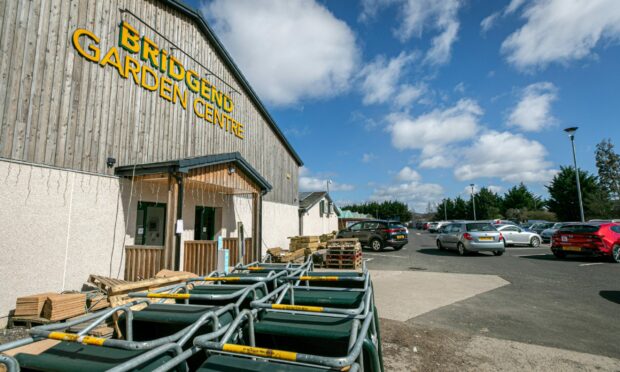Scotland has many miles of beautiful and scenic coastline.
Rugged cliffs home to colonies of seabirds get battered by the waters blown in from the Atlantic Ocean and North seas whilst in other parts, waves splash over rocks and gently roll in to golden sands constantly altering dunes and beaches.
These elements that make our coasts so dramatic equally make challenging gardening conditions in the ports, towns and fishing villages up and down them, but It’s not impossible which is evident from the amount of wildflowers we can see growing in these areas.
I’ve always enjoyed holidaying in our country with one particular favourite being a trip around the coast from Inverness round to Ullapool.
This was one of the first romantic get-aways with my now wife which the timing of conveniently coincided with the opportunity to see one of Scotland’s rarest plants in flower, Primula scotica, growing low in the grass now confined to parts of the north coast.
Commonly seen on cliffs is a classic coastal plant the sea thrift, a small and compact perennial with grass like foliage that produces pink pom-pom flowers, also an ideal plant for those of you with alpine gardens.
If ever you need a clue on the growing preferences of a particular plant a good place to start is often it’s name, the Latin for this being Armeria maritima, the second part (species) making reference to the sea and coast.
Along with Sea Campion, Burnet Rose and Harebell’s, these are just a few of our own wildflowers that grow successfully in some of the harshest conditions nature can provide and go to show that gardens can be created on the coast.
Winds
If you garden near the sea you are generally going to have to contend with stronger winds that also carry salt in the air.
This can scold certain tender plants already coping with having to grow on poorer, sandy soils.
It’s not all bad news however, with the sea taking longer to heat up and cool down than the rock and soil of the land, it’s generally that little bit warmer providing an opportunity to grow certain plants more successfully than can be done inland.
From my time growing up and learning my trade in my home town of St Andrews, two that spring to mind are the spectacular late-summer-flowering shrub Eucryphia which keeps getting hit in the winter where I’m gardening just now in Perth.
And I’ve only ever seen a Tulip tree, Liriodendron tulipifera, flowering on that east coast too.
Stereotypical
I took those days for granted, I look forward to the day I get to see this plant in particular flowering again.
Maybe in my head I have a vision of what your stereotypical coastal garden looks like but whether you are gardening on the coast or looking to create the seaside look inland then gravel is the key component for your design, mimicking the natural environment for our plants to grow in.
This is perfect if you are looking for a low maintenance garden with no grass to cut and suppressing weeds.
Golden gravel and shingle mimic the colour of sand and even the crunching sound as we walk on this surface adds to the effects. I like having pockets of larger sized pebbles to make our designed landscape look more natural.
Add a boardwalk path or decking seating area, have fun and disguise your functional shed as a beach hut going all the way painting it in stripes of blue and white that represent the sea or use other stylish colours.
Now is where I transform myself into the gardening Gok Wan as to really get that seaside theme feel we want to accessorise, accessorise, accessorise!
We don’t want to get too carried away as what we are trying to create can get lost with too much clutter but certainly a few strategically placed nautical knick-knacks can be good.
Fantastic if you can get hold of an anchor or old rowing boat but more realistically a fishing creel, bits of chain or rope, old bottles and driftwood add some charm.
At the end of day all we really care about are the plants and there enough able to cope with the harsh conditions on the coast.
Evergreen shrub Griselinia littoralis and the prickly Sea buckthorn that produces glorious displays of orange-yellow berries not only give structure to our garden but help filter winds to protect other plants where a solid obstruction could fail or divert the wind causing damage elsewhere.
Grasses seem a natural choice for windy sites for us to sit and enjoy their gentle movement with cultivars of the New Zealand flax, Phormium tenax doing a similar job.
Perennials are the stars of the border at this time of year giving as a wide selection to choose from- the South African bulb Agapanthus doesn’t like sitting in wet soil and will do well in a coastal garden, Verbena bonariensis produces purple heads on top of wiry stems that will self seed around the garden finding a spot where it’s happiest and you cant beat Sea hollies that have spiky, architectural foliage and fascinating flowers.
